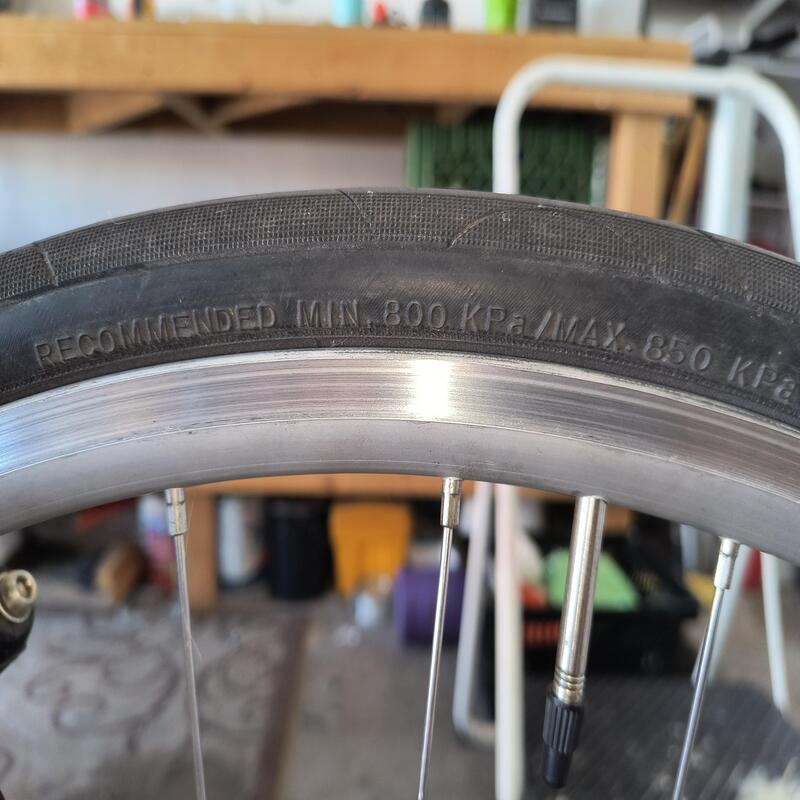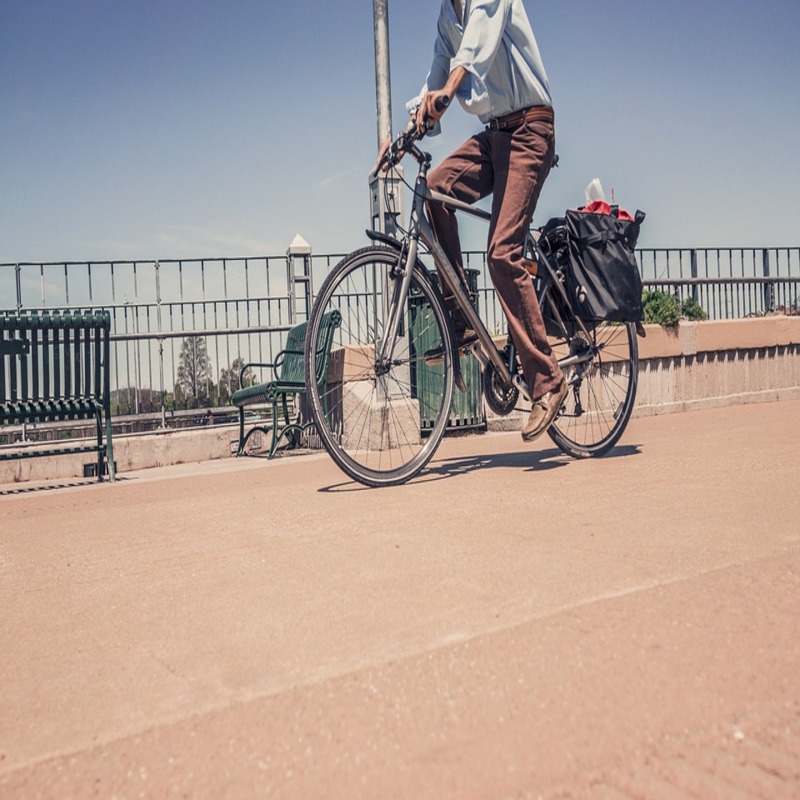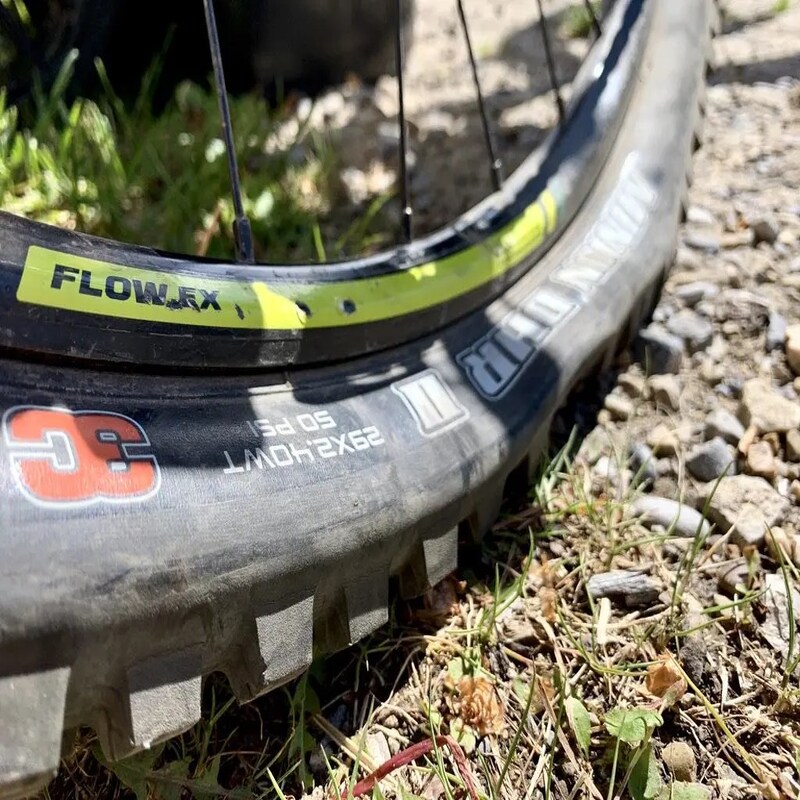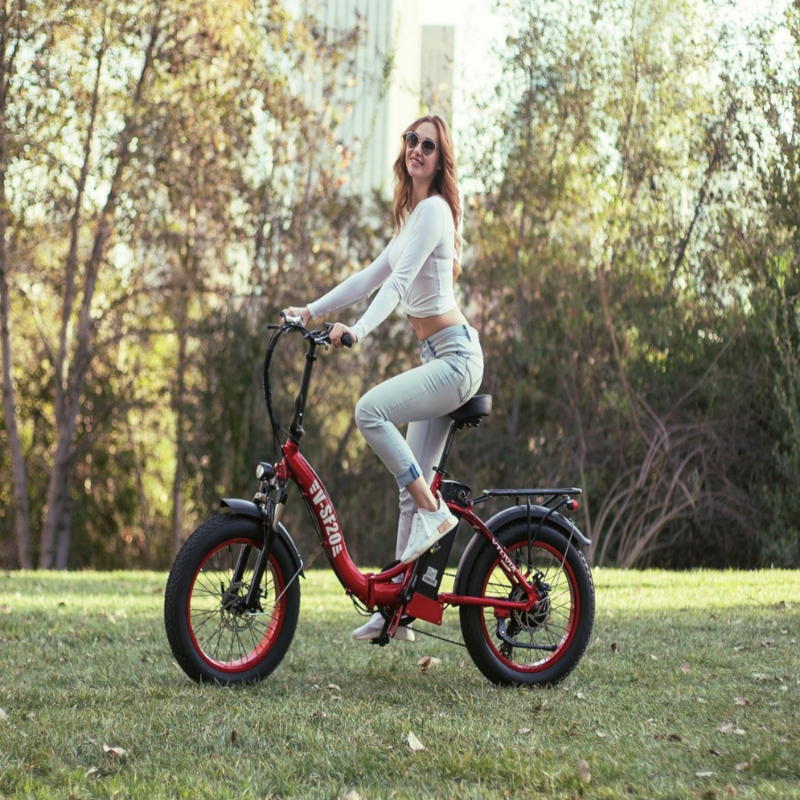Bicycle rolling resistance is a significant factor affecting cycling performance and efficiency. Many cyclists overlook this aspect when optimizing their ride. However, understanding rolling resistance can lead to a notable difference in speed and energy expenditure. This article will explore various dimensions of rolling resistance, including its definition, factors affecting it, and strategies to minimize it.
What is Rolling Resistance?
Factors Influencing Rolling Resistance
Tire Type and Construction
Tire type and construction significantly influence rolling resistance. Tires come in various styles, including tubeless, clincher, and tubular. Tubeless tires have lower rolling resistance due to their design. They eliminate the inner tube entirely, reducing friction, and preventing pinch flats. Simultaneously, they allow for lower air pressures, enhancing comfort.
Furthermore, the width of tires also has implications. Wider tires can provide more grip and stability. However, they typically exhibit higher rolling resistance on smooth surfaces. For road cyclists, tire width often hovers around 23mm to 28mm. Mountain bikers, on the other hand, may opt for much wider tires to navigate rugged terrains. Aligning tire characteristics with cycling goals is crucial for performance.
Inflation Pressure
Tire inflation pressure is another key determinant of rolling resistance. Under-inflated tires experience increased deformation as they roll. This deformation requires more energy, subsequently increasing rolling resistance. As a general guideline, maintaining proper tire pressure—aligned with manufacturer recommendations—is essential.
Too much inflation can lead to a harsh ride and reduced traction. This situation compromises safety, especially on uneven surfaces. Regularly checking tire pressure keeps tires in optimal condition. Moreover, this practice enhances overall cycling efficiency. In addition, cyclists should understand that different conditions may warrant changes in inflation pressure.

Measuring Rolling Resistance
Cyclists often seek methods to measure rolling resistance accurately. Understanding the resistance values helps in making informed decisions about tire selection and riding techniques. Different methods exist to measure rolling resistance, including laboratory tests and practical on-road experiments.
Laboratory Testing
Standardized Tests
Laboratory tests for measuring rolling resistance often follow standardized protocols. Researchers create controlled environments, allowing various tires to be tested under identical conditions. The primary metric observed is the rolling resistance coefficient (Crr); this value indicates the energy lost per unit of force.
Scientists typically use specialized machinery—like rolling resistance testers—to facilitate accurate measurements. These devices simulate real-world conditions, determining how tires perform under varying loads and pressures. While laboratory results provide valuable insights, they may differ from real-world experiences.
Limitations of Laboratory Data
Despite the usefulness of laboratory data, there are inherent limitations. Real-world variables, such as terrain types and weather conditions, can significantly alter performance. For example, a tire may perform well in a lab but poorly on a rocky trail. Thus, cyclists must consider practical experiences alongside lab results when selecting tires.
On-Road Measurement
Field Tests
On-road measurement of rolling resistance often involves field tests. Riders calculate their performance metrics—like average speed and energy expenditure—while utilizing different tire setups. These tests offer practical insights into tire behavior under real conditions. Riders should aim for consistent testing environments to enhance reliability.
Moreover, using a power meter can provide immediate feedback. By tracking the energy output required to maintain speed, cyclists can better understand the implications of tire choice on overall performance. Field tests reveal how different conditions—such as wind, incline, and surface—affect rolling resistance.
Data Analysis
After completing field tests, analyzing collected data becomes vital. Review average speeds, distances, and exertion levels across tire types. This data can help in making informed decisions about which tires to choose in various situations. Furthermore, recording consistent metrics over time can provide broader insights into riding trends.

Strategies for Reducing Rolling Resistance
Minimizing rolling resistance is crucial for enhancing cycling efficiency. While some factors are inherent to a cyclist’s setup, others can be adjusted to improve performance. This section delves into various strategies for reducing rolling resistance effectively.
Tire Selection
Choosing Low-Rolling Resistance Tires
One of the most effective strategies to reduce rolling resistance is selecting low-resistance tires. Seek tires specifically designed for reduced rolling resistance, often labeled as “performance” or “racing” tires. Many manufacturers provide rolling resistance coefficients to aid in your selection process.
However, the choice shouldn’t be based solely on rolling resistance. It is imperative to consider additional factors—such as durability and traction—especially if you ride in diverse conditions. Balancing performance with practicality will yield the best results.
Understanding Terrain-Specific Tires
Different terrains demand specific tire characteristics. For example, if cycling predominantly on pavement, opt for slick tires with a narrower profile. These tires minimize contact with the ground, thus decreasing rolling resistance. Conversely, if road cycling includes rough patches or trails, consider all-terrain tires designed to provide a balance between grip and resistance.
Continuous Maintenance
Regular Tire Checks
Regular tire maintenance can significantly influence rolling resistance. Start by ensuring proper tire pressure. Utilize a reliable gauge to check pressures before long rides. This simple practice can drastically improve efficiency. Additionally, inspect tires frequently for wear and damage, replacing them as needed. Worn tires can exacerbate rolling resistance, making rides unnecessarily difficult.
Lubrication and Cleaning
Another essential maintenance task is cleaning and lubricating parts. Keeping the drivetrain clean reduces friction, allowing for smoother operations. Regularly lubricating the chain and derailleurs keeps gear shifting seamless. This maintenance not only enhances performance but also reduces overall effort required during rides.

The Interaction of Speed and Rolling Resistance
Rolling resistance plays a vital role in determining how speed is affected during cycling. Faster rides can lead to greater energy expenditure due to increased resistance. Understanding this dynamic can help cyclists fine-tune their strategies for optimal performance.
The Role of Speed
Energy Expenditure
As speed increases, so does the energy required to maintain momentum. Rolling resistance compounds this energy requirement, necessitating greater effort from the cyclist. Riders must balance their pace with the inherent resistance to optimize performance.
Considering varying terrains can also alter this dynamic. When cycling uphill, the influence of rolling resistance magnifies, as gradients necessitate increased power output. Thus, understanding how speed intersects with rolling resistance can enhance training strategies.
Speed vs. Resistance
The relationship between speed and rolling resistance is not linear. At lower speeds, rolling resistance poses a negligible impact. However, as speed increases, the effects become noticeably pronounced. Therefore, cyclists often experience diminishing returns when pushing for higher speeds on tires with significant rolling resistance.
Strategies for Speed Management
Training Techniques
Cycling efficiency can be enhanced through targeted training techniques. Incorporating interval training into routines can significantly develop cardiovascular endurance, allowing for faster speeds. Focus on achieving and maintaining higher speeds during specific intervals, observing how rolling resistance impacts performance.
Moreover, varying terrain during training can simulate competition dynamics. Practicing on different surfaces helps cyclists adapt to changing resistance levels, fine-tuning their performance accordingly. The goal is to increase overall power while maintaining efficiency, even on challenging terrains.
Drafting and Aerodynamics
In competitive cycling, the concept of drafting proves instrumental in managing speed and rolling resistance. By drafting behind another rider, cyclists benefit from reduced air resistance. This phenomenon allows for conservation of energy, enabling faster speeds with reduced output.
Incorporating aerodynamic postures can also lead to improved efficiency. Adjusting body position on the bike reduces wind resistance, allowing cyclists to maintain higher speeds with relative ease. Combining these strategies helps cyclists maximize performance while effectively managing rolling resistance.

The Psychological Aspect of Resistance
Lastly, psychological factors can influence a cyclist’s performance regarding rolling resistance. Mindset and mental barriers may impact energy exertion and overall effectiveness. Understanding these aspects can significantly affect cycling techniques.
Mental Barriers
Overcoming the Resistance Mindset
Many cyclists face mental barriers that can amplify perceived rolling resistance. For instance, fear of difficult terrains or challenging conditions can lead to hesitance. This hesitance often affects overall performance, leading to increased energy consumption. Overcoming these mental barriers is essential for genuine improvements.
Engaging in positive visualization techniques can bolster confidence. By envisioning successful rides, cyclists may approach challenging terrains with a more positive mindset. Additionally, surrounding oneself with a supportive community can further enrich this outlook, inspiring better performance on the bike.
Motivation and Performance
Motivation is another psychological factor influencing performance. Cyclists should establish achievable goals and celebrate small victories. Fostering motivation creates a feedback loop that encourages consistent practice. This consistent practice leads to enhanced capabilities and better handling of rolling resistance during rides.
Moreover, mental fatigue can play a significant role in physical performance. Proper rest, hydration, and nutrition equip cyclists to manage physical challenges better. By fostering psychological resilience, riders can effectively counter the effects of rolling resistance.

Conclusion
Bicycle rolling resistance is a multifaceted topic that significantly affects cycling performance. Understanding its components—from tire selections to psychological factors—empowers riders to make informed decisions. By applying the strategies outlined in this article, cyclists can effectively reduce rolling resistance, enhancing speed and overall efficiency.
Regardless of cycling experience, every rider can benefit from this comprehensive understanding. Investing time in equipment choices, maintenance, and personal training practices will undoubtedly yield favorable results. Ultimately, knowledge of rolling resistance is a crucial part of elevating any cycling journey. By keeping these insights in mind, cyclists can smooth their rides and conquer every path with confidence and ease.
